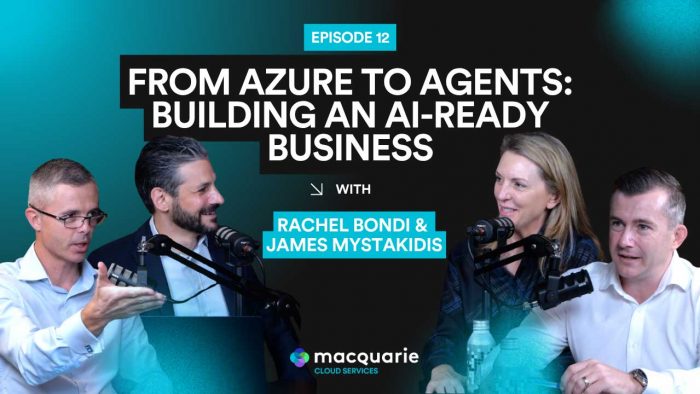What is Azure Virtual Desktop?
It has been said that the only thing certain in the public cloud is change. Arguably, the same may be said of the hybrid workplace, with more and more research indicating that remote and office work practices and behaviour should be flexible and adaptable.
- Microsoft says that companies should be flexible in hybrid work decision-making in order to shift and adjust as data and research offer new insights.
- The Productivity Commission expects employees will negotiate with their bosses to split their time between the office and home, as those working from home jumped from 8% to 40%.
- McKinsey research indicates that a hybrid work model is more complicated than is a fully remote one.
- IDC predicts that, by 2023, 75% of ASX companies will commit to providing technical parity to a workforce that is hybrid by design rather than by circumstance, enabling them to work together separately and in real-time. That is, “work from home” will become “work from anywhere”.
So with uncertainty, complexity, and the reality of a workforce wanting more work-from-home options while still craving in-person interaction, how do CIOs create a secure, flexible working environment that can turn on a dime?
Macquarie Cloud Services believes one established technology satisfies this flexibility, security, compliance, governance, user experience and productivity requirements, and most companies already have the licensing that qualifies them to start using the solution right away – Azure Virtual Desktop (AVD).
Azure Virtual Desktop is a desktop and app virtualisation service that runs on the Azure public cloud. When combined with Macquarie Cloud Services award-winning managed services, the fully-managed platform securely delivers virtual desktops and remote apps with maximum control, available to any customer with per-user licenses, such as Microsoft 365 E3/E5, Microsoft 365 A3/A5/Student use benefits, Microsoft 365 F3, Microsoft 365 Business Premium, Windows 10 Enterprise E3/E5, Windows 10 Education A3/A5 or Windows 10 VDA per user.
Secure data and applications.
- Securely store user profiles and any files contained in them in Azure, protected from public network access.
- Build-in native Azure security like Multi-Factor Authentication, Conditional Access, password-less authentication, Azure Security Center, etc.
- Report and remediate compliance and governance with Azure Policy, architected on a solid base of certified Azure infrastructure, managed by an ISO27001;2013 certified Azure Expert MSP.
- Reduce attack surface and align applications to different user groups with RemoteApps.
- Keep operating systems up to date with Macquarie Cloud Services’ automated workflows.
Adapt to change while saving money.
- Align infrastructure with usage spikes with contractors, remote users, differing use cases, and temporary staff.
- Macquarie Cloud Services’ automation, scaling and auto-remediation features enable the platform to self-heal and flex up and down without intervention.
- Shared behaviour means infrastructure can be shared among users, with one VM hosting multiple users and sessions, thus saving money.
Transform your workplace.
- Launch any Azure Virtual Desktop client from anywhere with an Internet connection to access published Windows desktops and applications, running on shared Azure VMs.
- Connect from any Windows Linux, iOS or Android device through either a native application or the Azure Virtual Desktop HTML5 web client.
- Pick up sessions from any device with FSLogix user profiles stored on file storage, not the desktop/VM or the device for easy roaming and fast loading.
- Enable super users with persistent desktops, and power, knowledge and task users with fit-for-purpose shared multi-session host pools.
- Customise gold images with unlimited version history and add MSIX app attaches to reduce image overhead and enable granular application distribution.
Manage users, not infrastructure.
- Microsoft manages the control plane including brokers, session gateways and load balancing.
- Macquarie Cloud Services look after operating system images, user profiles, workspaces, the host pool updates and performance, backup and disaster recovery, with a battle-hardened reference architecture that includes resiliency, management, security, identity and governance baselines.
- Leverage Australia’s most recommended service provider team, with advisory and remediation services, monitoring, alerting, incident management, monitoring, provisioning and change management.
Talk to us or take up our Azure Design offer to find out more!




